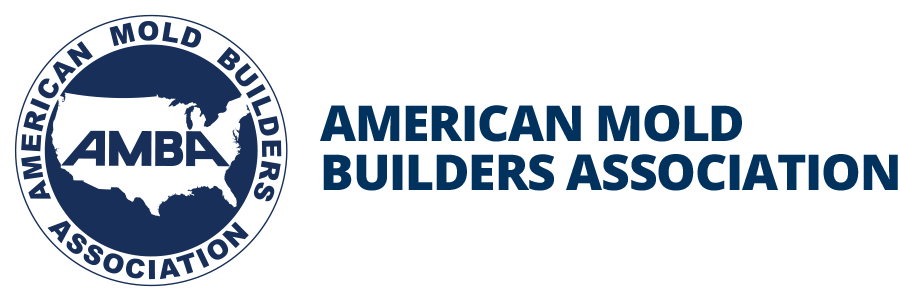How to Decrease Upfront Design Time with a Mold Building Assistant
While each supplier has their own mold base configurator or building assistant, they all should ultimately function to allow for quick importing of the standard 3D CAD data to get the mold design completed. The faster a mold design is realized at quote stage, into mold building stage, saves companies time and money, allowing for industry professionals to win the quote and build the tooling in the appropriate location for which it's being designed.
While each 3D import system is a little different, the main goal is the same. Mold builders should work directly with the technical department at the supplier. They can assist you to make design time a breeze. The understanding of each system should only take an hour or so to accomplish the first time, then after that it should only be minutes until the design is happening!
The mold base suppliers have many standard programs they share to assist the mold designers with their daily tasks. Many programs are available to work online and offline. The program just needs to be downloaded and run with to easily import Step or Parasolid files (or import directly into the open CAD software).
The available standard programs and information are:
- Assistants/Configurators
- Innovative layout editors
- Specification for Injection Molds – live working pdf
- 3D data color charts for tolerance
- Parametric native CAD libraries or databases for direct import
- Steel posters
- Tolerance charts, hardness charts, force calculators, smart phone apps
Productivity through standardization, with the consistent use of high-quality standardized components, permits considerable time and cost savings to be achieved in moldmaking, increasing competitiveness and boosting productivity. Creating a repeat base of information to use in subsequent mold designs saves on time and reduces the chance of error, and also allows downtimes to be kept to a minimum through the rapid exchangeability of standard components. This is even to the point of changing parts while the mold is still within the molding press, switching out parts from the parting plane, which allows production to resume faster.
Standardization project documentation, like the Specification for Injection Molds, allows the mold designer to document standards for each job, a customer or a company. These documents should be live working documents that are easily tailored to all design requirements. There are project timeline charts and mold function charts to choose from that are already created for the user to fill in.
The newest standardization in 3D CAD data is to color code certain design feature to relate to a specific tolerance. When creating a 3D model of a mold plate or component, the mold builder can choose color on a cut or feature to relay back to a color chart relating to tolerance (i.e., VDWF Guideline 2020-1). This will avoid any misinterpretation when performing conversions from 2D drawings, or when 2D data is not available and only 3D data is supplied for manufacturing. This then simplifies process automation and allows easy exchange of models for production at other locations. The CAM systems in standard use can read in 3D models directly and be set to automatically recognize the colors and derive the tolerance from these for manufacture.
HASCO America offers the following links for quick access to the mold assistant program online and offline. Contact the HASCO America team today at 877-427-2662 or e-mail quotes.america@hasco.com to request more information. To learn more, visit https://www.hasco.com/en/formAssistant.




